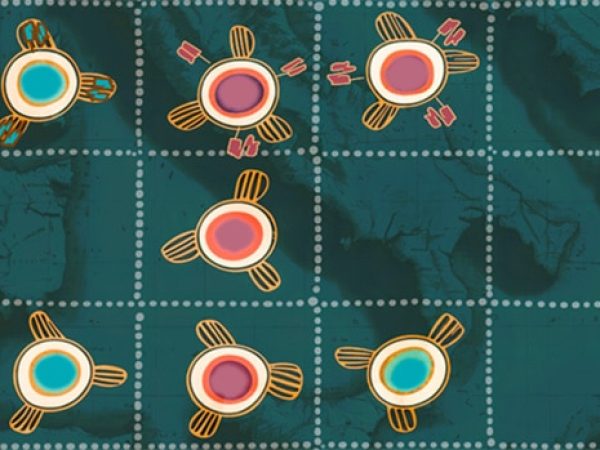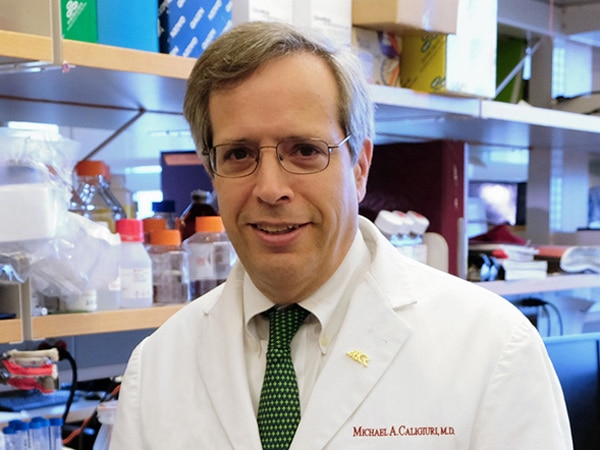Non-Hodgkin Lymphoma

Non-Hodgkin lymphoma is a disease in which malignant cells form in the lymph system. The lymph system is part of the immune system and is made up of the following:
- Lymph, a colorless, watery fluid that travels through the lymph system and carries white blood cells called lymphocytes.
- Lymph vessels, a network of thin tubes that collect lymph from different parts of the body and return it to the bloodstream.
- Lymph nodes, small, bean-shaped structures that filter lymph and store white blood cells that help fight infection and disease. Lymph nodes are located along the lymph vessels.
- The spleen, an organ that makes lymphocytes, filters the blood, stores blood cells, and destroys old blood cells.
- The thymus, an organ in which lymphocytes grow and multiply.
- The tonsils, two small masses of lymph tissue at the back of the throat.
- Bone marrow, the soft, spongy tissue in the center of large bones where blood cells and platelets are made.
Because lymph tissue is found throughout the body, adult non-Hodgkin lymphoma can begin in almost any part of the body. Age, gender, and a weakened immune system can affect the risk of adult non-Hodgkin lymphoma. The National Cancer Institute’s Surveillance, Epidemiology, and End Results (SEER) Program estimates 80,620 people in the United States were diagnosed with non-Hodgkin lymphoma in 2024, and 20,140 died of the disease. The five-year relative survival rate is estimated to be 74.3%.
Adult Non-Hodgkin Lymphoma Treatment (PDQ®)Source: National Cancer Institute



